Industry information
Company News
- Fluorocarbon aluminum veneer: the new favorite of architectural aesthetics and a new chapter in environmentally friendly materials
- Aluminum veneer, the green new favorite of modern architecture!
- Customized aluminum veneer, personalized space new trend
- Fluorocarbon aluminum veneer: the fashionable "outerwear" of the construction industry
- Aluminum alloy air conditioning cover: the guardian of coolness in summer
Industry dynamics
- Aluminum veneer customization, creating a new trend of personalized space
- Fluorocarbon aluminum veneer: the 'invisible guardian' of future architecture
- Fluorocarbon aluminum veneer: the "invisible warrior" of fashionable architecture
- Aluminum veneer price - difference between standard and customized products
- Aluminum alloy air conditioning cover: the "guardian of coolness" for fashionable homes
Frequently asked questions
- What is the production process of aluminum veneer?
- What is the price of aluminum veneer?
- What are the manufacturers of aluminum veneer?
- What are the thickness and specifications of aluminum veneer?
- What is the value of recycling and reusing aluminum veneer?
contact us
Mobile:+86 15627778610
Email: 2201229786
Address: No. 5 Binjiang Road, High tech Zone, Zhaoqing City, Guangdong Province
Surface treatment techniques for 3mm aluminum veneer under roll coating process
- Author: Xinlongtai Aluminum Industry (Guangdong) Co., Ltd
- Release time: 2022-02-27 12:28:43
- Click:0
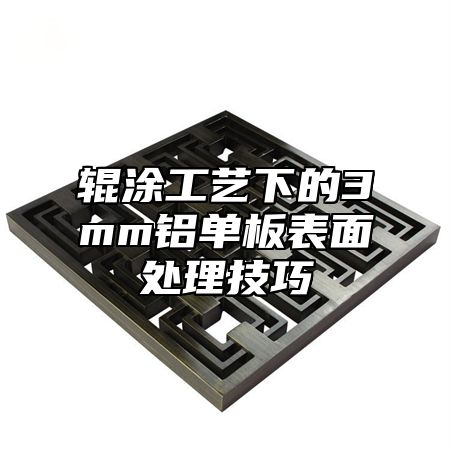
Aluminum veneer, as a lightweight, high-strength, and corrosion-resistant building material, has been widely used in modern architecture. The roll coating process is one of the important methods for surface treatment of aluminum veneer, which can make the surface of aluminum veneer smoother, more uniform, and have better corrosion resistance and wear resistance. This article will provide a detailed introduction to the surface treatment techniques of 3mm aluminum veneer under the roller coating process.
1、 Pre processing
Before the roll coating process, it is necessary to perform pre-treatment on the aluminum veneer to ensure the adhesion and bonding strength between the coating and the surface of the aluminum veneer. Pre treatment includes processes such as cleaning, removing oxide layers, and polishing. Cleaning is a critical step that requires the use of appropriate cleaning agents and tools to thoroughly clean the surface of aluminum veneer of oil, dust, and impurities. Removing the oxide layer is to prevent chemical reactions between the coating and the oxide layer, which can affect the quality and stability of the coating. Polishing is to make the surface of aluminum veneer smoother and more uniform, providing a good foundation for subsequent coating construction.
2、 Primer spraying
Primer is one of the key steps in the roll coating process, which can enhance the bonding and adhesion between the coating and the surface of aluminum veneer. The primer should be selected with a coating that is suitable for the aluminum veneer material, and sprayed in a certain proportion and method. When spraying, the following points should be noted:
1. Spray distance: The primer spray distance should be controlled between 10-20cm to ensure the uniformity and thickness of the coating.
2. Spray angle: The spray angle of the primer should be controlled at around 45 degrees to ensure that the coating can fully cover the entire surface of the aluminum veneer.
3. Spray frequency: Primer generally needs to be sprayed twice or more to achieve good adhesion and anti-corrosion effect.
3、 Topcoat spraying
Topcoat is one of the most critical steps in the roll coating process, which directly affects the appearance quality and service life of aluminum veneer. The topcoat should be selected with a coating that is suitable for the aluminum veneer material, and sprayed in a certain proportion and method. When spraying, the following points should be noted:
1. Spray distance: The spray distance of the topcoat should be controlled between 10-20cm to ensure the uniformity and thickness of the coating.
2. Spray angle: The spray angle of the topcoat should be controlled between 30-60 degrees to ensure that the coating can fully cover the entire surface of the aluminum veneer.
3. Spray frequency: The topcoat generally needs to be sprayed twice or more to achieve good adhesion and anti-corrosion effect.
4、 Baking and curing
Baking curing is the final step in the roller coating process, which can make the coating harder, more stable, and durable. The baking temperature and time should be adjusted according to the specific requirements of the coating, generally controlled between 80-120 ° C for about 20-30 minutes. Attention should be paid to avoiding excessive baking or incomplete curing.
The surface treatment techniques for 3mm aluminum veneer under roll coating process include pre-treatment, primer spraying, topcoat spraying, and baking curing steps. These steps need to be strictly operated according to the operating procedures to ensure the quality and stability of the coating.

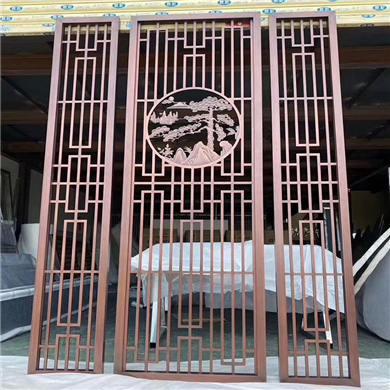
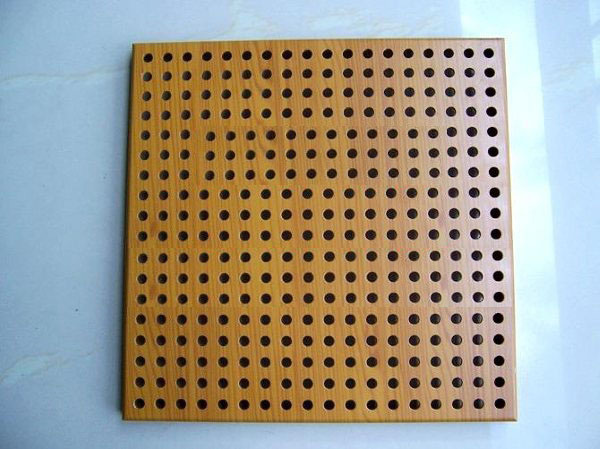
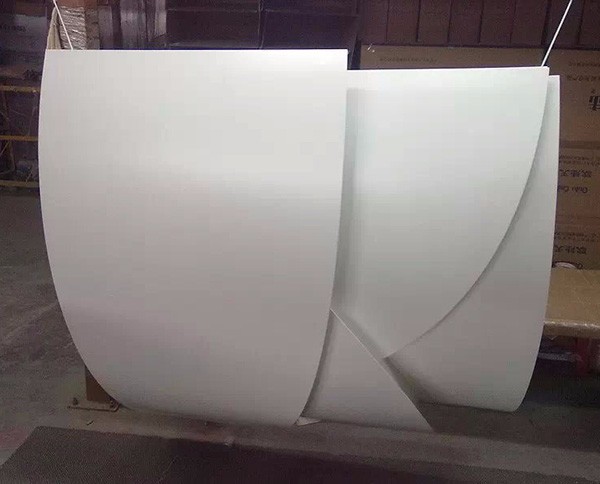
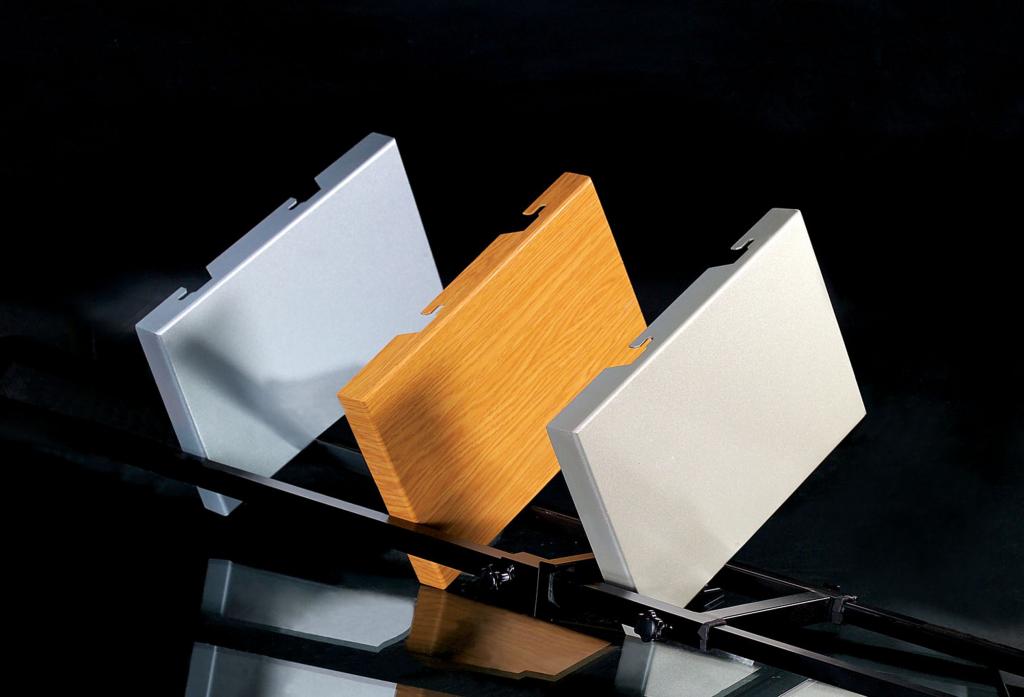
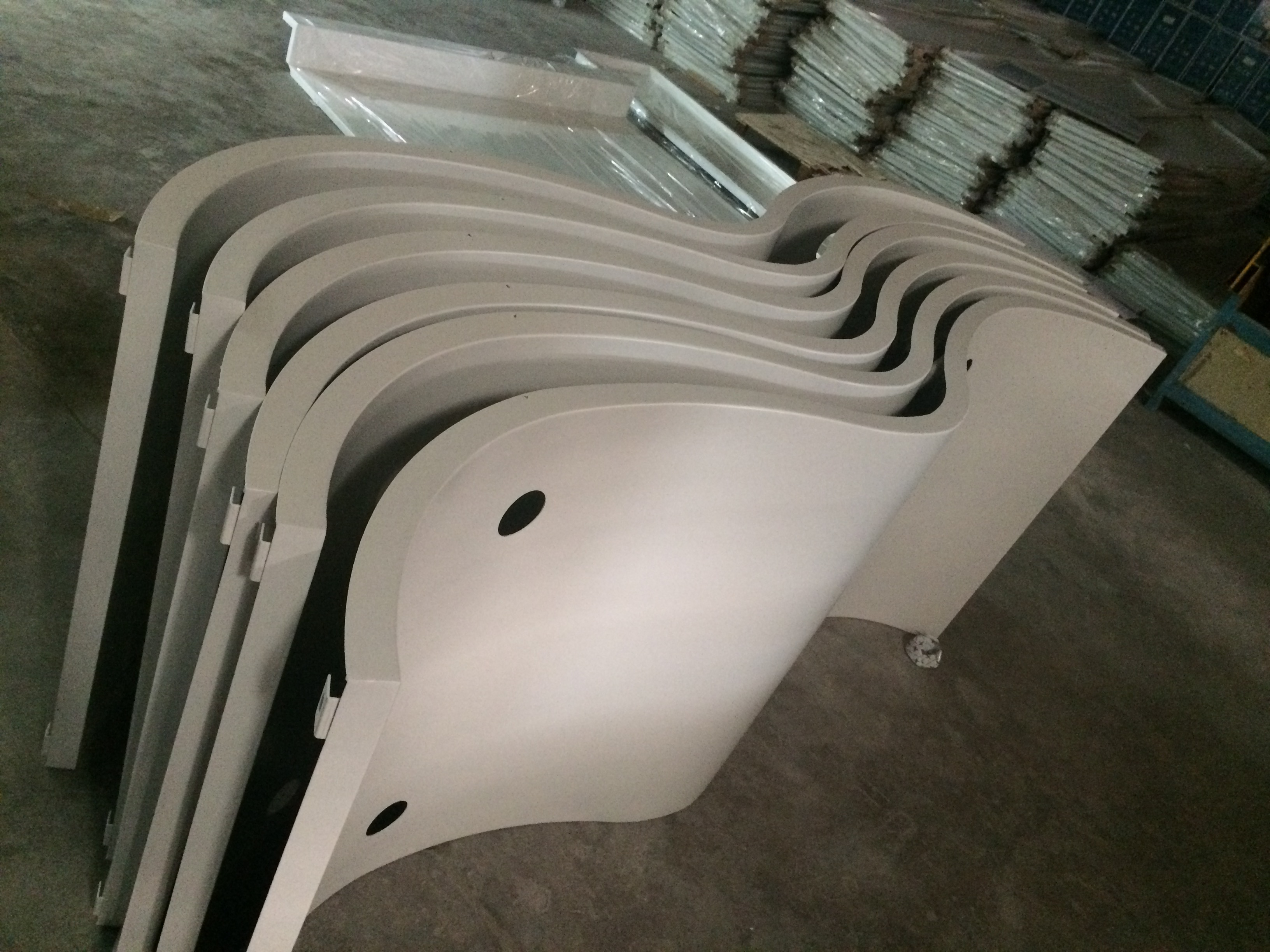
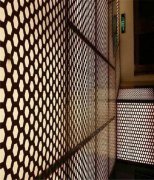
 Customer service QQ
Customer service QQ